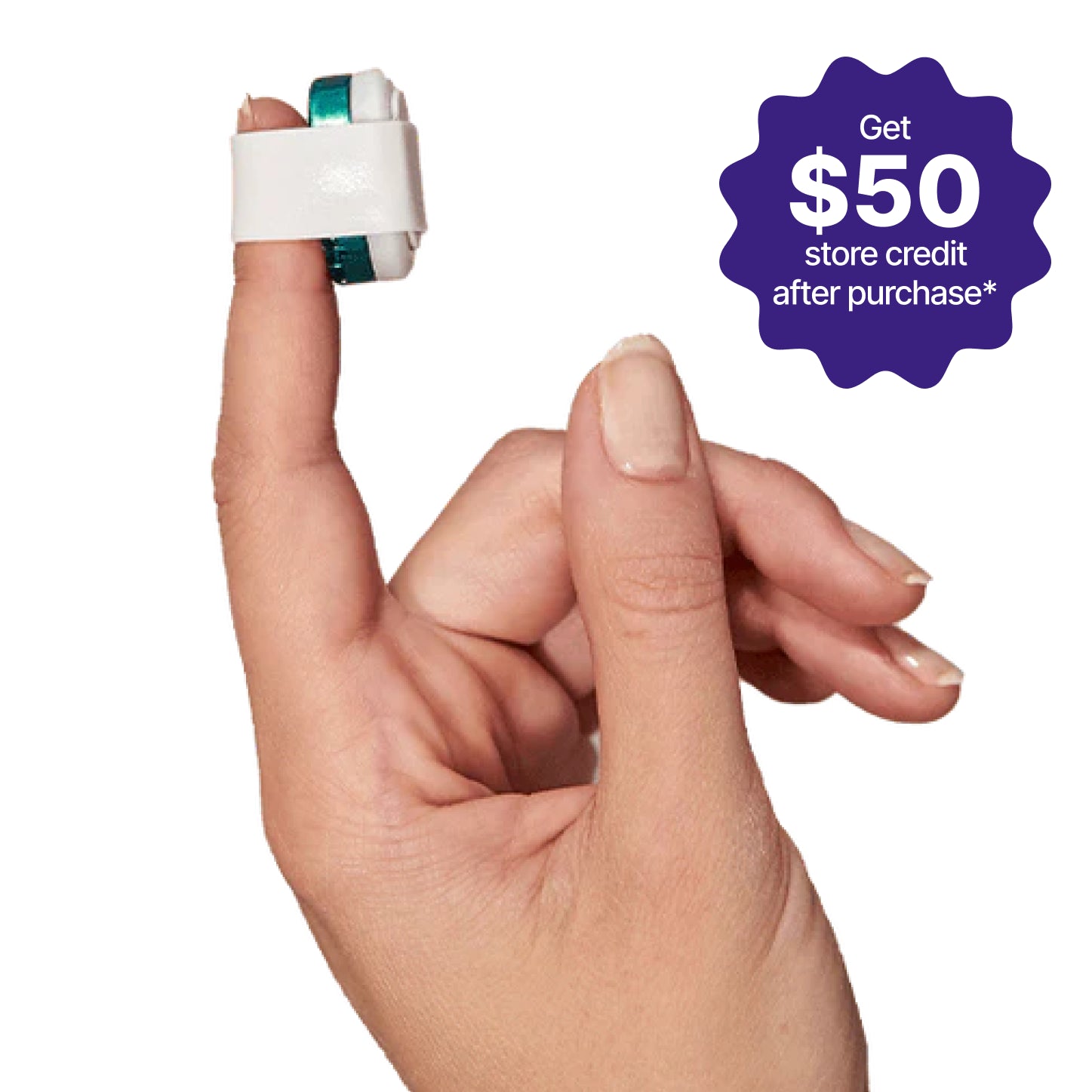Rapid Eye Movement (REM) is one of the four stages of the sleep cycle. The name comes from the fast movement of your eyes while remaining closed. Let us look at why REM sleep is so important for our brain and body.
What is REM sleep?

The REM stage typically begins around 90 minutes after falling asleep. Adults spend about 25% of their sleep in the REM zone. For infants, it accounts for almost 50%.
Several physiological functions are noted during this stage.
This includes fast-moving eyes, rapid breathing, and an increase in heart rate and pulse. Body temperature drops when blood pressure rises. You tend to take in more oxygen, and your brain activity nearly matches that of while you're awake.
Your limbs might flail and twitch in your sleep.
Some people experience temporary paralysis because of the brain sending signals to the spinal cord to stop all movements. This could be a precautionary strategy to keep the person from acting out the moves of their dream in real life.
People begin dreaming at this stage and might even wake up due to a nightmare. The dreams are vivid at this stage.
Some people may wake up straight out of the REM cycle, resulting in sleep paralysis. It’s one of the reasons people see things in the corner of their room, as those are just visual imprints from their dreams.
The Importance of REM Sleep
Strengthens Memory
It’s proposed that dreams might be one of the ways your brain strengthens memory. During dreams, your brain might arrange events that you noted consciously or subconsciously.
Depending on the nature of your emotions towards the events, the dream may present itself as a nightmare or a pleasant dream. Your brain reviews the happenings and might find connections between old and new memories.
It’s as if your brain is trying to make sense of everything happening during the day while your body is shut down so you can’t act out the parts.
It is believed the information reviewed in sleep becomes part of long-term memory.
There are people who have some level of control over their dreams. Their last musing before they fall asleep may follow them into their sleep. Some people even continue their dreams over different days or several sleep cycles.
Brain Activity
REM sleep plays a huge part in developing an infant’s central nervous system. High brain activity may play a part in the learning process along with the mood.
It is thought that the REM sleep that newborns receive during this stage is what allows their brain to mature later in life. This could be one of the reasons infants have more REM stages than adults.
The Harmful Effect of Low REM Sleep
The way REM sleep has several advantages, a reduced number of REM cycles is associated with several health issues.
Increase In Weight
Some studies link less sleep to an increase in weight. The theory is that low REM sleep changes the leptin level in a person’s body. This may lead to a bigger appetite and subsequent weight gain.
However, plenty of people sleep less and lose weight instead. So, while there are studies, nothing is concrete.
Migraine

If a person fails to go through the full stages of sleep, they have a higher chance of experiencing a migraine. This is true for all the stages of a sleep cycle.
Lack In Discerning Skills
Some research points to a decrease in the ability to differentiate between harmful and non-harmful outside stimuli. As a result, the reactions might be more aggressive than expected.
In fact, migraine also leads to a reduction in discerning skills, which could be the result of the direct loss of REM sleep.
Movements During Sleep
During the REM stage, people begin dreaming and the brain actively shuts down the body from moving too much.
If a person does not go through the REM stage, their movements may continue in real life while they are sleeping.
This can lead to a person falling from the bed or walking into walls or furniture. It is not the same as sleepwalking. This situation is called REM sleep behavior disorder.
Decrease In Memory Retention
REM is associated with long-term memory. It facilitates learning so the lack of it can reduce memory retention in children and adults.
The Stages of Sleep
Stage 1
Your entire body relaxes in this stage. It is about 5 to ten minutes and if you wake up, you might not even realize you fell asleep.
It’s common to get this sensation where you feel like you’re falling and follow it up with a sudden jerk of the muscles. This isn’t something to worry about.
Stage 2
The second stage involves muscle contraction and relaxation at frequent intervals. There is a drop in body temperature, slower eye movement, and heart rate.
The waves for brain activity will show up as peaceful on any monitor. Sometimes, bursts of waves may follow.
Your body prepares for the third stage.
Stage 3
This is when you’re truly asleep.
In this deep sleep stage, your brain waves are extremely slow. Muscles don’t move, nor do your eyes.
When people try to wake you in this stage, they will have a hard time making you hear their voice. When you do wake up in the middle of this stage, you will have a hard time understanding your surroundings.
Stage 4
Stage 4 is the REM sleep stage. Everything we mentioned about the REM cycle happens in this stage.
Final Thoughts
People who have Obstructive Sleep Apnea (OSA) wake up frequently during the night. As a result, they have difficulty going through all the sleep stages. The consequences of a lack of REM sleep may occur. So, if you have any form of sleep disorder, don't ignore it and see a doctor right away.

















































